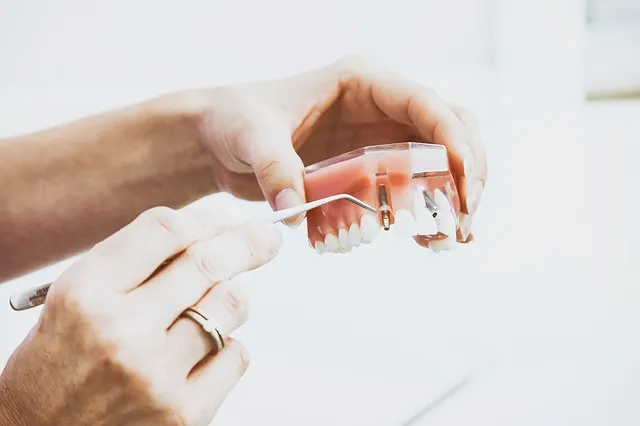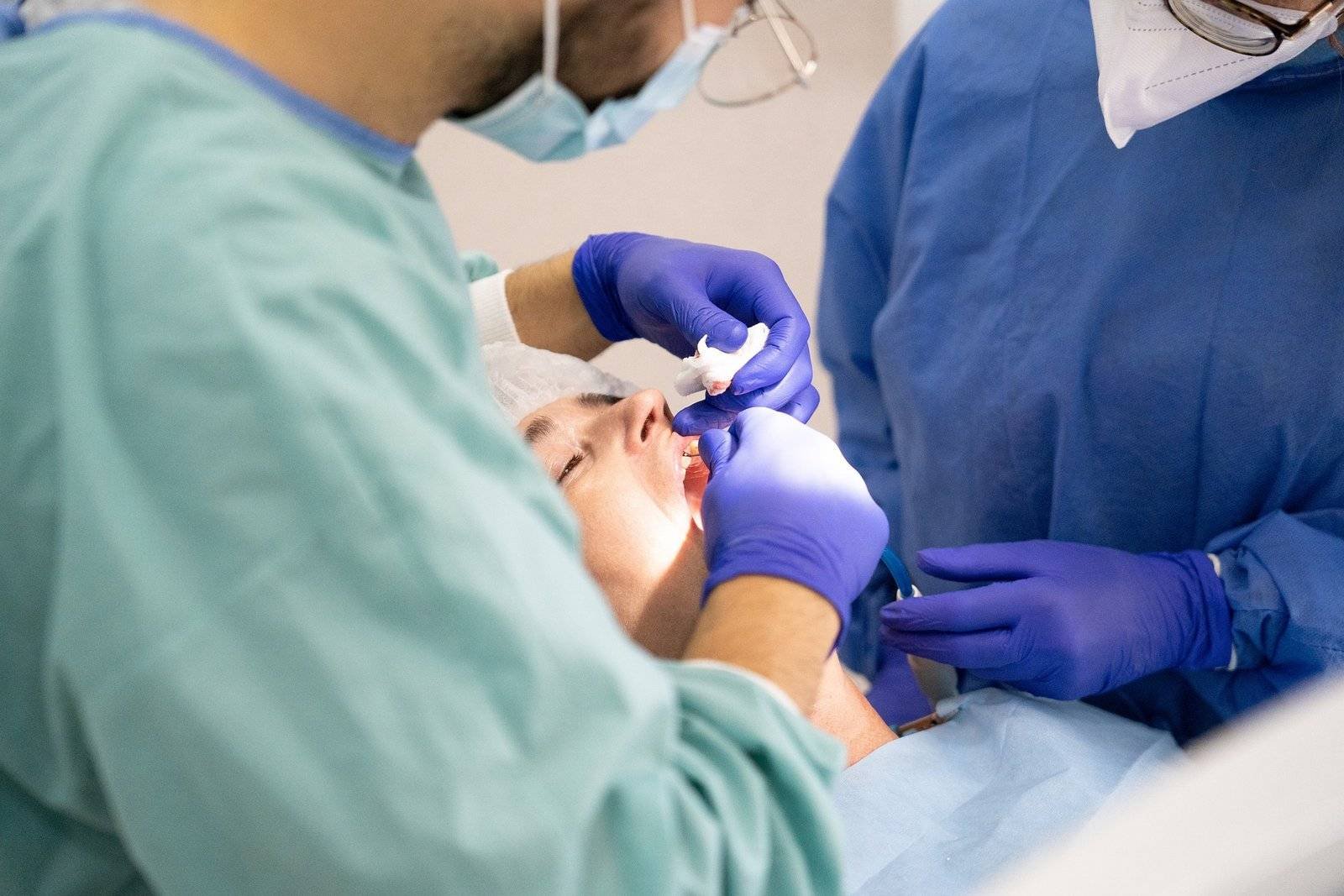
Introduction:
Digital impressions have revolutionized prosthodontic workflows, offering efficiency and precision in capturing oral structures for the fabrication of dental prosthetics. While digital impressions bring numerous advantages, they also present unique challenges that prosthodontists must navigate. In this blog post, we will explore common challenges faced in digital impressions for prosthodontic work and provide strategies to overcome these obstacles for successful outcomes.
1. Patient Cooperation and Comfort:
Challenge: Ensuring patient cooperation and comfort during digital impressions can be challenging, especially for those who may find the process uncomfortable or anxiety-inducing.
Strategy:
Clear Communication: Explain the digital impression process to the patient in a clear and reassuring manner, emphasizing the benefits of digital technology.
Pre-Appointment Education: Provide educational materials or videos before the appointment to familiarize patients with the digital impression process.
Regular Breaks: Allow for short breaks during the scanning process, especially for patients who may feel overwhelmed.
2. Saliva and Moisture Management:
Challenge: Controlling saliva and maintaining a dry field is crucial for accurate digital impressions, but saliva can pose a significant challenge during scanning.
Strategy:
Isolation Techniques: Use isolation aids such as cotton rolls, dry angles, or high-volume suction to manage saliva and maintain a dry environment.
Pre-Scan Preparations: Instruct patients to refrain from eating or drinking for a specified time before the appointment to minimize saliva production.
Swift Scanning: Work efficiently to minimize the time the scanner is in the patient’s mouth, reducing the likelihood of saliva interference.
3. Limited Access to Posterior Regions:
Challenge: Gaining access to the posterior regions of the mouth, especially in patients with limited jaw opening, can be challenging for digital impressions.
Strategy:
Modified Scanning Techniques: Explore modified scanning techniques, such as using different scanning tips or angulations, to improve access to posterior areas.
Sectional Scanning: Divide the scanning process into smaller sections, focusing on one quadrant at a time to ensure thorough coverage.
Educate the Patient: Educate patients on the importance of jaw relaxation during scanning to facilitate better access.
4. Intraoral Conditions and Anatomical Challenges:
Challenge: Anatomical variations, challenging intraoral conditions, or the presence of complex prosthetics can pose difficulties in obtaining accurate digital impressions.
Strategy:
Customized Scanning Protocols: Develop customized scanning protocols for patients with unique anatomical challenges or existing prosthetics.
Digital Design Modifications: Leverage digital design capabilities to modify virtual models based on intraoral conditions, ensuring prosthetic fit and accuracy.
Collaboration with Laboratories: Collaborate closely with dental laboratories, providing detailed instructions and communicating any challenges faced during digital impression acquisition.
5. Equipment Calibration and Maintenance:
Challenge: Regular calibration and maintenance of digital impression equipment are essential for reliable and accurate results. Neglecting these aspects can lead to scanning errors.
Strategy:
Routine Equipment Checks: Establish a routine for equipment calibration and conduct regular checks to ensure the accuracy of the digital impression system.
Manufacturer Guidelines: Adhere to manufacturer guidelines for equipment maintenance and follow recommended protocols for cleaning and sterilization.
Staff Training: Provide ongoing training for dental staff involved in digital impression procedures to enhance their proficiency in equipment usage and troubleshooting.
Conclusion:
Digital impressions have become integral to prosthodontic work, offering numerous benefits in terms of efficiency and precision. By proactively addressing challenges related to patient comfort, moisture management, limited access, anatomical variations, and equipment maintenance, prosthodontists can optimize the digital impression process for successful outcomes. Continuous education, staying updated on technological advancements, and fostering effective communication between the dental team and patients contribute to overcoming challenges and ensuring the seamless integration of digital impressions into prosthodontic workflows.
Muskan.ai – An ecosystem powered by Artificial Intelligence for dentistry.
Introducing Muskan.ai, a cutting-edge ecosystem driven by Artificial Intelligence tailored for the field of dentistry. Our innovative AI engine seamlessly integrates with a suite of AI products, empowering dentists to elevate their practice. Through this integration, dentists can optimize their workflow, save valuable time, and concurrently boost their revenue.
With our advanced AI-based radiography analysis tool, dentists can enhance patient treatment acceptance rates and obtain a valuable second opinion promptly. Our AI-powered oral hygiene checkups provide dentists with insights into a patient’s dental status, allowing for efficient time management and enabling the feasibility of tele-dentistry. Patients can conveniently connect with their dentists through a user-friendly mobile app.
Meet DAISY, our AI-powered dentalGPT, designed to interact naturally with patients, addressing their minor queries regarding dental health. In addition to these features, we are at the forefront of championing AI-based Oral Cancer Screenings, offering timely interventions and facilitating recovery without resorting to invasive treatments. Muskan.ai is not just a technological advancement; it’s a transformative force enhancing both dentistry practice and patient care.



